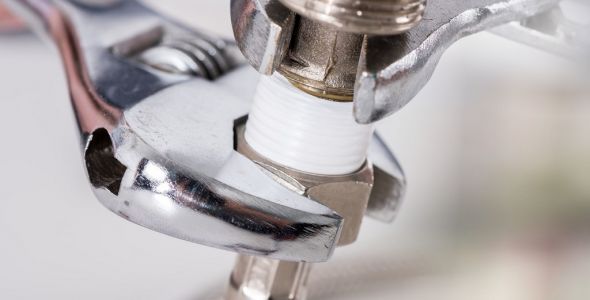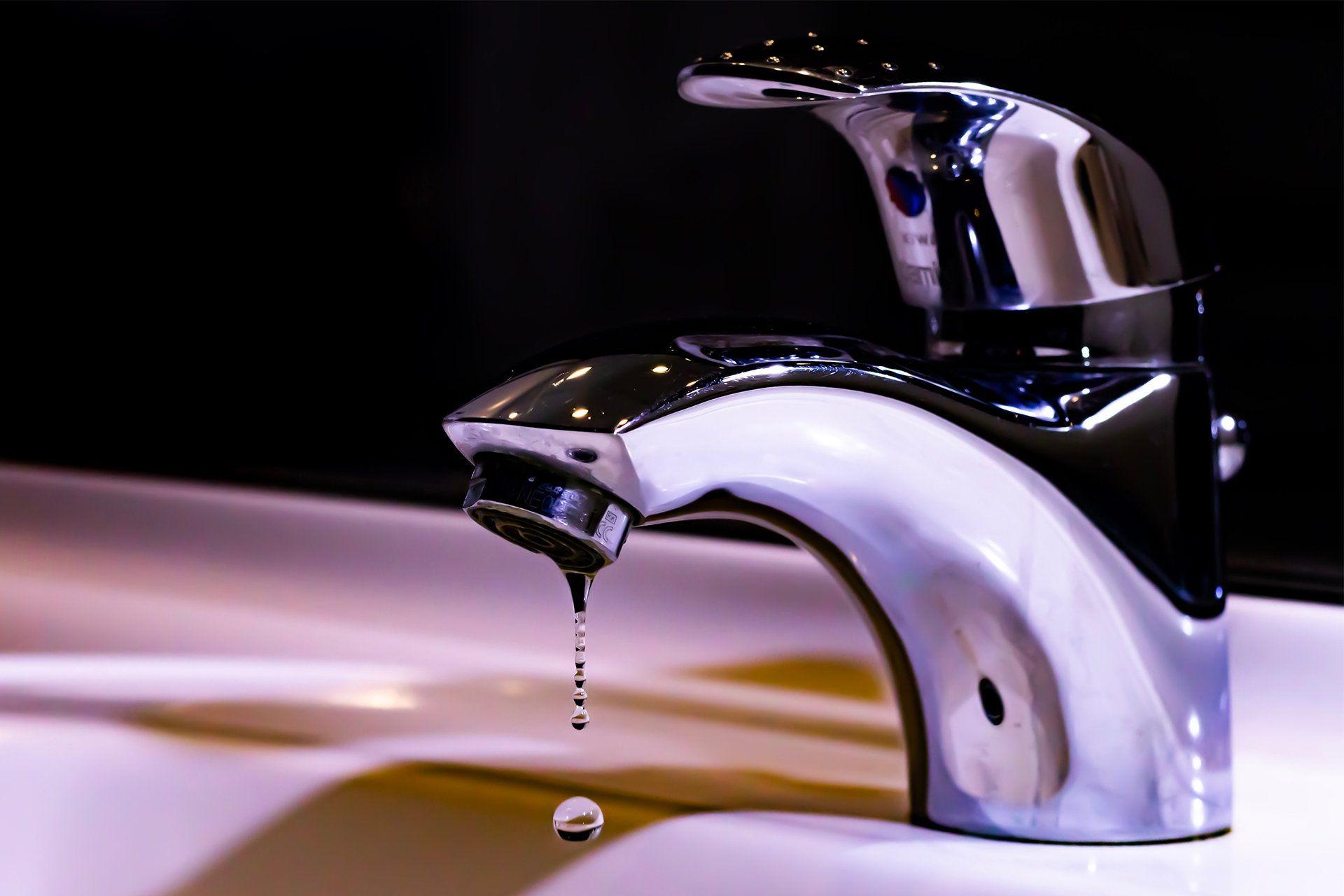The Best Winterizing Strategies: A Handful of Approaches to Secure Pipe Bursts
The Best Winterizing Strategies: A Handful of Approaches to Secure Pipe Bursts
Blog Article
We have stumbled on this post pertaining to Prevent Freezing and Bursting Pipes directly below on the net and believe it made perfect sense to relate it with you here.

All house owners who live in warm environments need to do their best to winterize their pipelines. It is something you should do during fall before deep winter absolutely begins. Failure to do so can lead to catastrophe like frozen, fractured, or burst pipelines. Right here are some useful winterizing hacks to maintain your plumbing system safeguarded even if the weather condition outside is shocking.
Activate the Faucets
When the temperature level declines and it appears as if the frigid temperature will certainly last, it will assist to turn on your water both indoors as well as outdoors. This will certainly keep the water streaming through your plumbing systems. Furthermore, the movement will decrease the cold procedure. Notably, there's no need to turn it on full blast. You'll wind up wasting gallons of water by doing this. Rather, aim for regarding 5 decreases per min.
Open Up Closet Doors Hiding Plumbing
It would be valuable to open up closet doors that are camouflaging your pipes when it's chilly outside. For example, they could be somewhere in your kitchen area or washroom. This will permit the warm air from your heating unit to flow there. Therefore, you protect against these exposed pipes from freezing. Doing this small technique can keep your pipes warm and limit the potentially harmful outcomes of freezing temperatures.
Take Some Time to Cover Exposed Water Lines
One great and also simple hack to warm up freezing pipelines is to wrap them with warm towels. You can cover them first with towels. After safeguarding them in position, you can put boiling water on the towels. Do it slowly to let the towels take in the liquid. You can additionally make use of pre-soaked towels in hot water, just don't neglect to put on protective gloves to protect your hands from the heat.
Try a Hair Dryer or Warmth Weapon
When your pipelines are nearly freezing, your reliable hair dryer or warm gun is a blessing. If the hot towels do not help remove any working out ice in your pipelines, bowling hot air directly right into them may aid. Nevertheless, do not utilize various other items that generate direct fires like a strike lantern. This can cause a larger catastrophe that you can not control. You may wind up damaging your pipes while attempting to melt the ice. And also over time, you might even wind up melting your residence. Be careful!
Turn off Water When Pipelines are Frozen
Shut off the major water shutoff promptly if you notice that your pipes are entirely icy or almost nearing that stage. You will normally discover this in your cellar or laundry room near the heater or the front wall closest to the street. Transform it off immediately to avoid more damage.
Do not neglect to shut exterior water sources, too, such as your connection for the yard home. Doing this will stop extra water from filling up your plumbing system. With even more water, even more ice will certainly stack up, which will ultimately lead to rupture pipelines. If you are not sure concerning the state of your pipelines this winter months, it is best to call a specialist plumber for an inspection. Taking this aggressive technique can conserve you countless dollars in repairs.
All house owners who live in temperate climates have to do their ideal to winterize their pipelines. Failure to do so can spell disaster like icy, split, or ruptured pipes. If the warm towels do not assist displace any kind of resolving ice in your pipes, bowling warm air straight right into them may aid. Turn off the main water shutoff quickly if you observe that your pipelines are completely icy or practically nearing that phase. With even more water, more ice will certainly pile up, which will at some point lead to break pipes.
PREVENT YOUR PIPES FROM FREEZING THIS WINTER
A Leading Cause of Property Damage
When the weather is taking a deep nose dive into the cold dreary days, the risk of your pipes freezing and potentially bursting skyrockets. Unfortunately, during these cold dreary months, burst pipes are the most common denominator for property damage. The pipes that are most at the risk are those that are in areas where it is most cold in your home. For instance, pipes located in interior places such as basements, attics, and your garage. Unfortunately, that doesn’t mean that the pipes running through your cabinets or exterior walls can’t freeze. Good news, however, is that you can do things to help prevent pipes from freezing.
How to Prevent Pipes From Freezing
Once the temperature starts to drop during the winter, you should be taking the proper measures needed to ensure that your pipes stay warm and that there is circulation of water through them. Some steps that experts may recommend could go against your better judgement when it comes to saving water and heat. However, it would go without saying that when expenses are compared, damaged pipes could put a bigger dent in your wallet than a water bill.
What Can I Do?
Keep your garage door closed. This is very important, especially if you have water supply lines running through your garage. Open your kitchen and bathroom cabinets to allow warm air to circulate through them. Allow air circulation throughout your home. Keeping the interior doors open will once again allow the warm air to circulate inside your home. Ensure your thermostat is running the same temperature throughout the night and day. If you plan to be away from home during the cold months, set your temperature no lower than 55° F. This should provide enough heat to keep the pipes warm and prevent any remaining water inside the pipes from freezing. For more of a long-term solution, add insulation to attics, basement, and other crawl spaces around your home. By allowing your faucet to drip, it will alleviate pressure in the system. This is important because the pressure that is created between the blockage and the faucet can potentially cause the pipes to burst. Allowing the faucet to drip will prevent the pressure from building up, therefore keeping the pipes from bursting. Seal any cracks, openings, and crawl spaces around your home to prevent cold air from coming inside. This keeps your pipes-not to mention your home-warmer and less susceptible to issues caused by freezing temperatures. For the pipes in your home that are easily accessible, applying electrical tape to them might prevent them from freezing over. This is a quick fix, as you can apply the tape directly to the pipe. There are two options for heating tapes. One turns on and off by itself when it senses heat is needed. The other type of heating tape needs to be applied when heat is needed and removed when not necessary. If you have exposed pipes in your home, you can check this website to take a look at a few options that would be available at a shop near you.

As an enthusiastic reader on Prevent Freezing and Bursting Pipes, I was thinking sharing that excerpt was a great idea. Sharing is good. Helping people is fun. Thanks so much for going through it.
Sink issue? Dial. Report this page